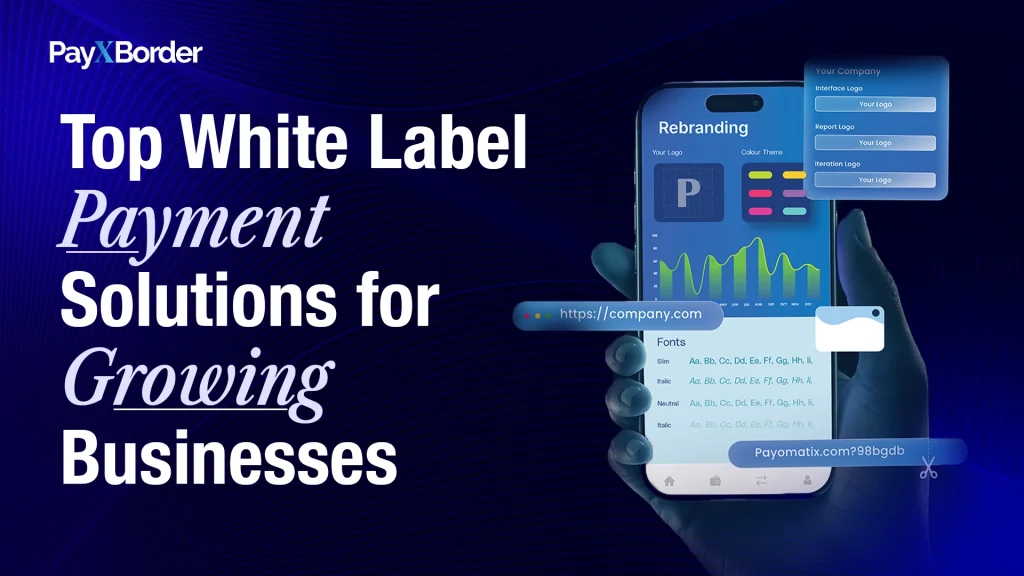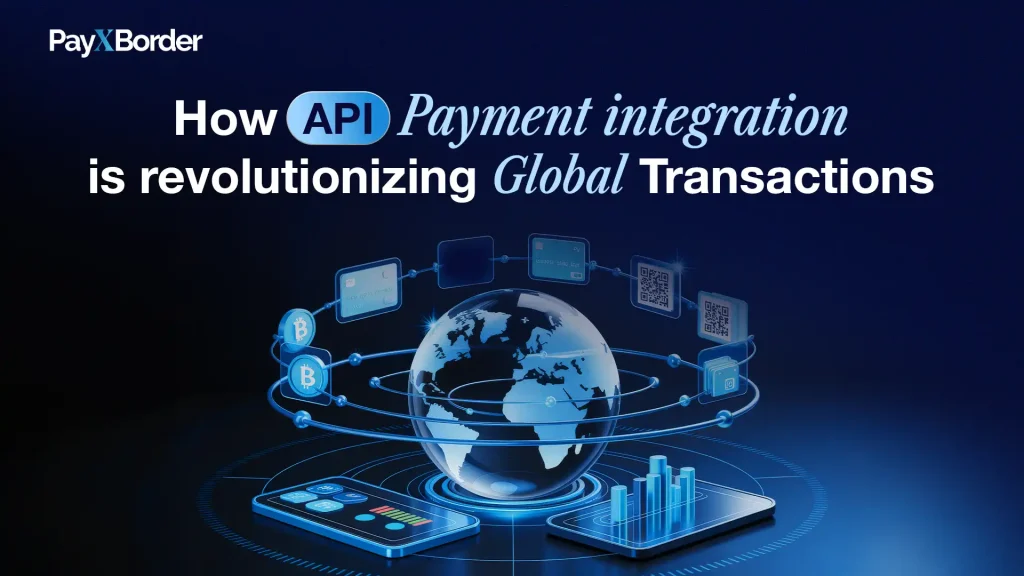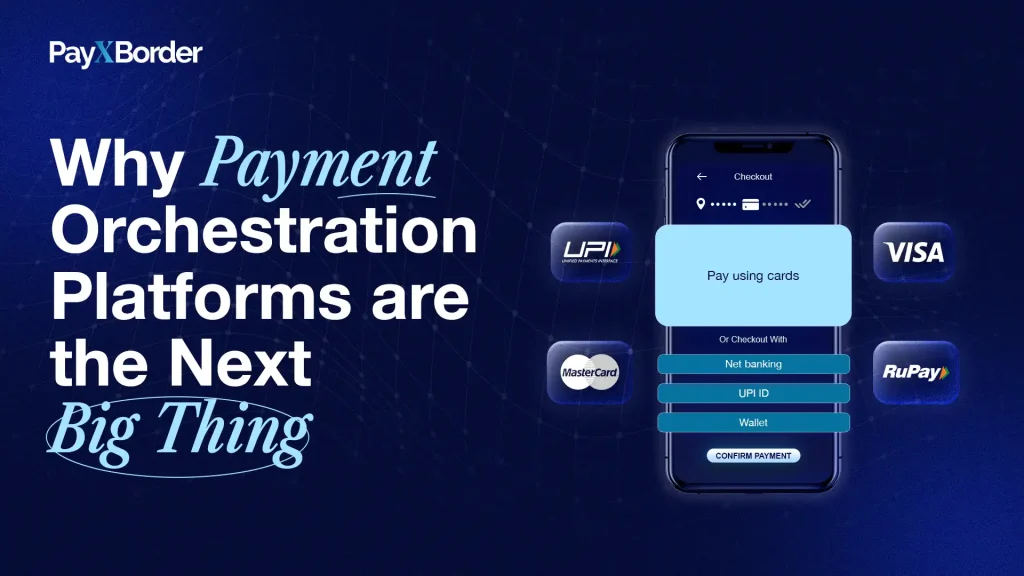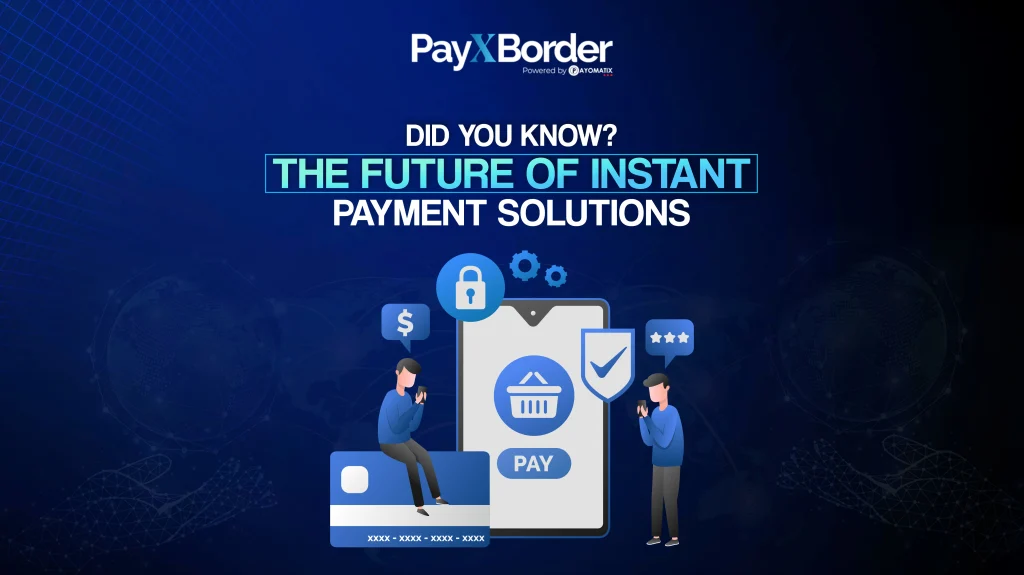In today’s globalized economy, businesses are no longer confined to borders. Companies of all sizes are engaging in international trade, seeking to expand their markets and tap into new customer bases. However, with the increase in cross-border transactions comes a critical concern that every business must address: compliance. Ensuring compliance in cross-border payments is not just about avoiding penalties, it’s also about safeguarding business operations, ensuring smooth payment flows, and fostering trust with international partners. In this blog, we’ll explore the role of compliance in cross-border payments, the challenges businesses face, and how they can navigate these complexities effectively.
Understanding Compliance in Cross-Border Payments
Compliance in cross-border payments refers to adhering to the laws, regulations, and guidelines that govern international money transfers. These regulations are put in place by governments and financial regulatory bodies to prevent illegal activities such as money laundering, terrorist financing, tax evasion, and other financial crimes. Compliance ensures that all transactions are legitimate, transparent, and meet the standards set by regulatory authorities.
For businesses operating in multiple countries, staying compliant involves understanding and following the rules and regulations of each jurisdiction. These may include:
- Anti-Money Laundering (AML) laws: Designed to prevent the illegal generation of income through criminal actions.
- Know Your Customer (KYC) requirements: Obligations to verify the identities of customers to prevent fraudulent activities.
- Foreign exchange regulations: Governing the conversion of one currency to another, often subject to controls and limits.
- Data protection laws: Such as the GDPR (General Data Protection Regulation) in Europe, ensuring that customer and transaction data is handled securely and responsibly.
The Importance of Compliance in the Cross-Border Payments Industry
Compliance is essential for maintaining the integrity and security of the global financial system. Failure to comply with regulations can result in hefty fines, sanctions, loss of business licenses, and reputational damage that can be difficult to recover from. Here’s why compliance is critical for businesses engaged in cross-border payments:
- Risk Mitigation: Compliance with AML and KYC regulations helps reduce the risk of engaging in illegal transactions. This protects businesses from inadvertently facilitating fraud or money laundering activities.
- Operational Continuity: Non-compliance can lead to business disruptions, including frozen bank accounts, delayed payments, and legal investigations. These disruptions can negatively impact cash flow and operational efficiency.
- Building Trust: Businesses that comply with international regulations demonstrate their commitment to security and transparency. This builds trust with partners, financial institutions, and customers, strengthening long-term business relationships.
- Access to Global Markets: By adhering to compliance standards, businesses can access new markets more easily and partner with international payment processors and banks that require stringent regulatory adherence.
Challenges Businesses Face in Cross-Border Payment Compliance
While compliance is critical, it’s not without its challenges. Navigating the complex and often overlapping regulatory landscapes across various jurisdictions can be daunting, especially for businesses with limited resources or expertise in this area. Below are some common challenges businesses face:
- Diverse Regulatory Requirements: Each country has its own set of regulations, and they can vary significantly. Staying compliant across multiple regions requires staying up-to-date with evolving legal frameworks.
- Evolving Regulations: Compliance regulations are constantly changing. For example, AML rules have been tightened in recent years to combat increasingly sophisticated fraud schemes. Businesses must remain vigilant and adaptable to keep pace with these changes.
- Data Privacy and Security: Cross-border payments often involve the transfer of sensitive customer data, which must comply with stringent data protection laws such as the GDPR. Any breach of these regulations can lead to severe penalties.
- Cost and Resource Allocation: Implementing robust compliance programs can be costly, particularly for small businesses. These costs include investment in compliance software, hiring experts, and conducting regular audits.
Current Trends and Solutions in Cross-Border Payment Compliance
With the rise of digital payment platforms and fintech innovations, businesses now have more tools at their disposal to streamline cross-border transactions while staying compliant. Here are some current trends and solutions in the space:
- Automation and AI: Regulatory technology (RegTech) solutions are helping businesses automate the compliance process. AI-driven tools can monitor transactions in real-time, flag suspicious activity, and ensure that all payment data is handled in accordance with local regulations. This reduces the risk of human error and improves operational efficiency.
- Blockchain Technology: Blockchain’s decentralized and transparent nature can offer enhanced security and traceability for cross-border payments. By recording transactions on an immutable ledger, businesses can ensure compliance while reducing the potential for fraud.
- Collaborations with Compliance Experts: Many businesses are turning to compliance specialists or third-party service providers to navigate complex regulations. These experts help businesses design compliance programs tailored to their specific needs, ensuring adherence to global standards.
- Enhanced KYC Solutions: As identity verification technologies improve, businesses can leverage biometric data, AI-powered document scanning, and other advanced KYC tools to streamline customer onboarding while maintaining compliance.
Conclusion: Stay Informed and Stay Compliant
Compliance in cross-border payments is a complex but essential aspect of conducting international business. Whether you are a small business owner or a multinational corporation, understanding and adhering to compliance regulations is key to mitigating risks and maintaining smooth operations.
At PayXborder, we help businesses navigate the complexities of cross-border payments with ease. Our platform provides seamless, transparent transactions while ensuring compliance with global regulatory standards. Ready to simplify your cross-border payments? Get in touch with us today at payxborder@payomatix.com or visit our website at payxborder.in.








